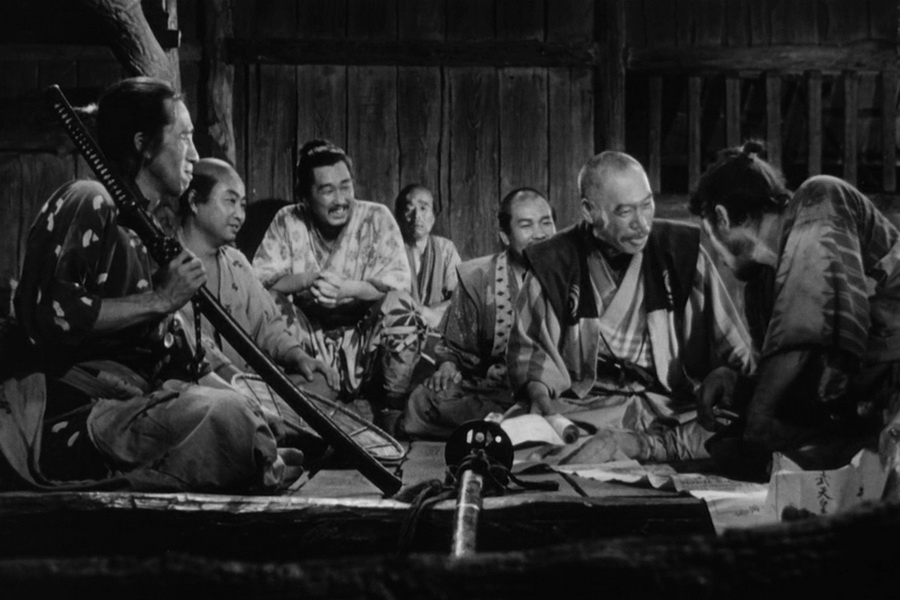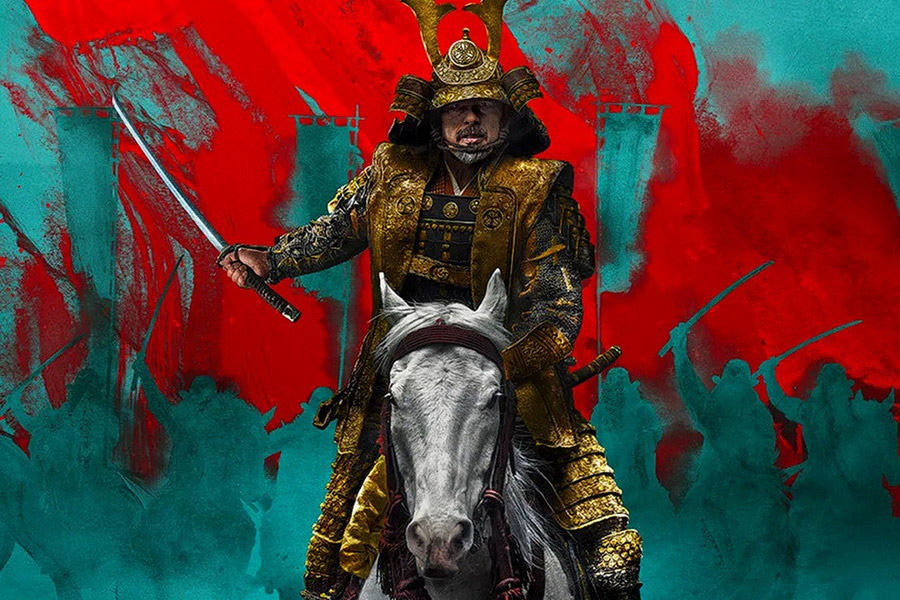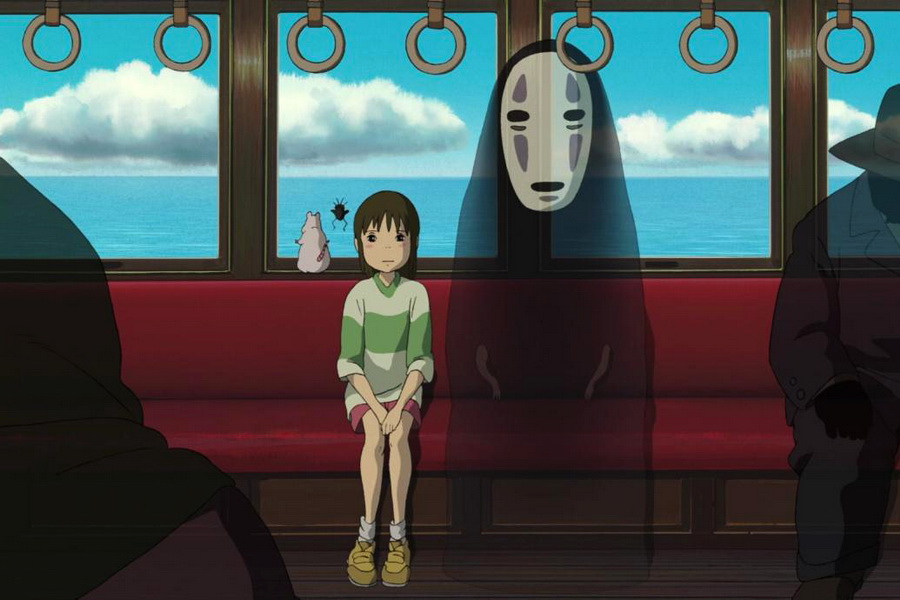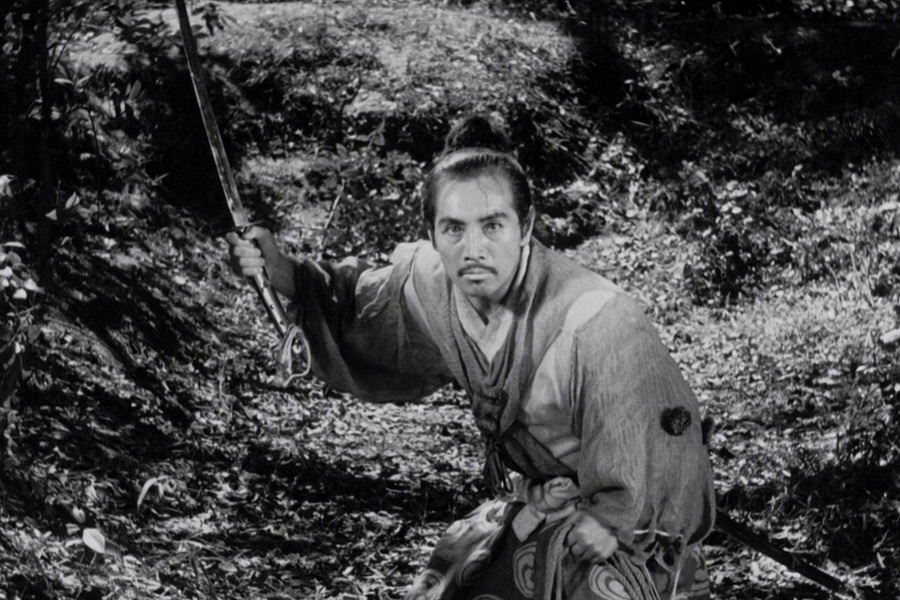
Despite its aesthetic sensibility and inventiveness, Japan’s film industry largely flew under the radar until Pokemon: The First Movie and Astro Boy made international impacts. These appeared during the so-called Second Golden Age of the Japanese movie scene.
Long before that, after years of isolation, WWII, and the Occupation of Japan, Japanese cinema saw international recognition in the 1950s, known as the Golden Age. Three classic works from talented filmmakers — Rashomon (1950) and Seven Samurai (1954) by Akira Kurosawa and Tokyo Story (1953) by Yasujiro Ozu — were named among the best films of all time in Sight & Sound's 2002 critics' and directors' polls. They also appeared in the same survey ten years later, in 2012, with Tokyo Story beating Citizen Kane.
The 1950s gave the world brilliant producers, such as Mikio Naruse, Masaki Kobayashi, Teinosuke Kinugasa, and Hiroshi Inagaki. With financial backing and freedom, they created masterpieces that collected the full halls of cinemas. Ishiro Honda’s Godzilla became Japan’s icon in the United States and Europe and the longest-running film franchise, having been continuously influential since 1954.
Japanese Cinema Today

Japanese movies and series are integral to the global entertainment industry.
The Tokyo International Film Festival is among the most important Asian film festivals. According to the Motion Pictures Production of Japan, the country is one of the largest in producing films, taking in around 1.5 billion dollars in 2023.
Japanese anime and manga are enjoyed internationally. Hayao Miyazaki received the Best Animated Feature award in March 2024 at the 96th Academy Awards for the esteemed Boy and the Heron - the second time in 21 years after Spirited Away won in the same category. Besides, Takashi Yamazaki took the Oscar for Best Visual Effects of Godzilla Minus One.
US sequels of Japanese screenplays are widespread on streaming platforms like Netflix, Disney Plus, and HBO.
With that being said, in 2024, Netflix plans to release exciting shows to increase its Japanese content. Movie buffs will enjoy a live-action adaptation of the City Hunter manga. Other titles not to miss out are Tokyo Swindlers, The Queen of Villain, and the emotional drama Beyond Goodbye.
Currently, three famous directors from Japan, Takeshi Kitano, Naomi Kawase, and Hirokazu Kore-eda, with his Shoplifters (2018), are making a mark on the international scene. Hollywood filmmakers like Quentin Tarantino and others get inspiration from Japanese cinema greats.
As a result, many blockbusters are remakes of Japanese flicks. To name a few, Last Man Standing, starring Bruce Willis, is based on Kurosawa’s Yojimbo; The Grudge is the adaptation of Takashi Shimizu’s Ju-On: The Grudge; the popular Hachi: A Dog’s Tale is a remake of Seijiro Koyama’s Hachiko Monotogari.
And, of course, Shōgun, an American drama series based on James Clavell’s
novel Asian Saga (1975), has been an undeniable success in the US, Canada, and other countries since its premiere on pay television channels on February 27, 2024.
These beautiful drama series with extraordinary crafts expose millions worldwide to Japanese culture and language. Featuring mostly Japanese actors, a significant portion of its dialogue is in Japanese.
Cinema History in Japan before WWII
The art of cinema debuted in Japan toward the end of the 19th century. Just three years after their initial encounter with the "motion picture" (katsudo shashin), the Japanese began their own industry in 1899. The first newsreels appeared in 1900. The first public cinema parlor opened in Tokyo in 1903, followed by the first film studio in 1908.
Japanese theater heavily influenced cinema in Japan. Like traditional Kabuki theater, male actors (onnagata) played female roles (this practice was particularly prominent in silent films). Additionally, the costumes and props were theatrical. Before the introduction of sound, films were accompanied by a storyteller called a benshi who narrated the events projected on the screen.
Japanese cinema's founding father, Makino Shozo (1878-1929), gradually removed theatrical aspects. He was supported by young producers such as Henry Kotani, Kyohiko Ushihara, Yasujiru Shimazu, and others.
Shozo also introduced Japanese cinema's first star, Matsunosuke Onoe, a former Kabuki actor. Realism gradually became a defining characteristic, leading to the emergence of a new documentary genre.
The 1930s were a productive and remarkable period. Following Hollywood, Japan witnessed the widespread adoption of sound in motion pictures and the emergence of directors, actors, and their creative styles. Japanese moviemaking began to develop its distinct style, which is still unique to this day. As such, it features slow camera movement, long shots, detailed-oriented shooting, and a minimalistic approach.
Japanese Film Genres
The landscape of Japanese film genres reflects both the country's enduring cultural heritage and the evolving perspectives of its filmmakers. Here, we outline some of the most well-known genres like the samurai, yakuza, and anime, but the Japanese movie scene boasts other subgenres that explore a wide range of themes and styles.
Anime

Anime series are extremely popular in Japan as well as the US and Western countries. Unlike the common perception that animation is for children, anime drawings usually target teenagers and adults. These cartoons are typically based on manga, comics read by people of all ages.
Namakura Gatana (1917) is the first animated short for cinemas. It’s about a silly samurai who tries to test his new sword but is defeated by citizens.
A sea of anime fans today admires iconic favorites like Naruto, Demon Slayer, One Piece, and Attack on Titan. While Hayao Miyazaki, director of Studio Ghibli and creator of iconic films such as Princess Mononoke and Spirited Away, is a towering figure in anime, the genre has been shaped by numerous other influential creators. Artists like Osamu Tezuka, known as the “God of Manga”, and modern directors like Makoto Shinkai and Satoshi Kon have also made substantial contributions, each bringing their unique visions and styles to the world of anime.
Yakuza
The Yakuza genre, which emerged in the late 1950s, is particularly interesting. It resembles Hollywood gangster films but employs the Japanese mafia’s codes of behavior and customs, emulating the samurai traditions, including its peculiar humor.
In the 2000s, yakuza started featuring ultra-violence, like Gozu (2003) by Takashi Miike.
Masato Harada is a noted producer in this genre. Cinephiles can view his recent movie Hell Dogs (2022). The earlier and more curious works are The Heartbreak Yakuza (1987) and Bounce Ko Gals (1997).
Samurai Cinema

When discussing Japanese cinema, we cannot overlook the samurai genre, a staple in the Land of the Rising Sun. One can notice a clear similarity to the Hollywood Western, where a curved Japanese sword (katana), akin to Colt pistols, is used to protect the protagonist’s honor.
Akira Kurosawa’s Rashomon (1950), Yojimbo (1961), and Sanjuro (1962) are the most prominent samurai movies. While Gate of Hell (1953), directed by Teinosuke Kinugasa, was one of the first Japanese color films to gain international acclaim, it was part of an early wave of Japanese color cinema that began to emerge around that time. This film is often celebrated for its vibrant use of color and dramatic aesthetics, which helped to showcase the possibilities of color film technology on the global stage.
A theme of a noble class of warriors often appears in animation series like Samurai 7 (2004), Afro Samurai (2007), and Samurai Champloo (2004).
Japanese Horror
The precursors to Japanese horror were ghost stories from the Edo and Meiji periods, known as “kwaidan”, which means “strange story”.
If you wish to get into the first J-horror movies, be sure to check out the suggestions below.
Masaki Kobayashi’s Kwaidan (1964) is a horror anthology showcasing the dark human side and inevitable tragedy coming from evil supernatural powers.
Nobuhiko Obayashi with House (1977) would kick off an innovative moviemaking approach, blending pop art with horror.
Moreover, the cult classic The Ring (1998) is believed to have had a significant impact on Western horror cinema. Finally, Kurosawa’s Cure (1997) and Charisma (1999) contain all the traits of the early Japanese horror genre – mystery, supernatural entities, and psychological horror.
Visiting Japanese Cinema Archive

The National Film Archive of Japan (NFAJ) is a must-visit for cinema enthusiasts, showcasing the finest achievements in Japanese cinema.
Originally known as the National Film Center and part of the National Museum of Modern Art, the NFAJ opened its doors in 1952. Today, it is an independent institution in Kyobashi, considered a national museum.
The archive contains multiple outstanding works from the industry. Here, visitors can view one of Japan's earliest animated films, created in 1917, which marks a significant milestone in the history of Japanese animation.
As the art of filmmaking flourished alongside technological advances, Japan played a pivotal role in the development of camera technology. Apart from a huge collection of the national archive holding 40,000 films, the center also displays old cinema projection equipment.
The archive’s two cinema halls screen a selection of notable films. Although Japanese-oriented, the NFAJ caters to the best movies from all over the world. Additionally, it houses an extensive collection of memorabilia, including promotional materials and posters from the 1954 Godzilla film, original scripts by Kurosawa, and other valuable artifacts.
Please note that the National Film Archive of Japan is closed on Mondays and national holidays.

